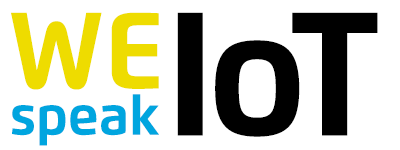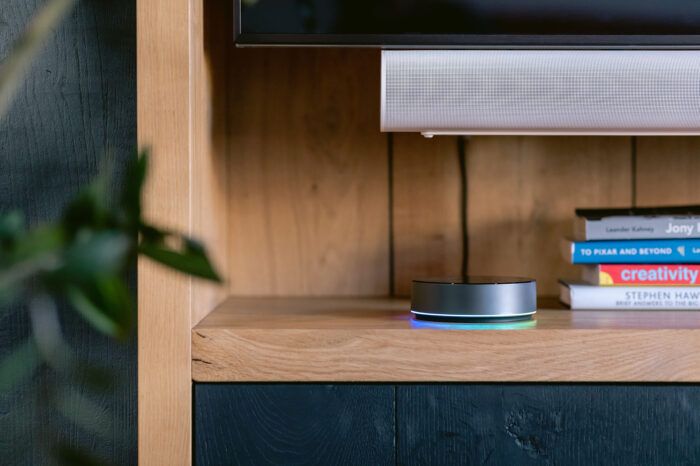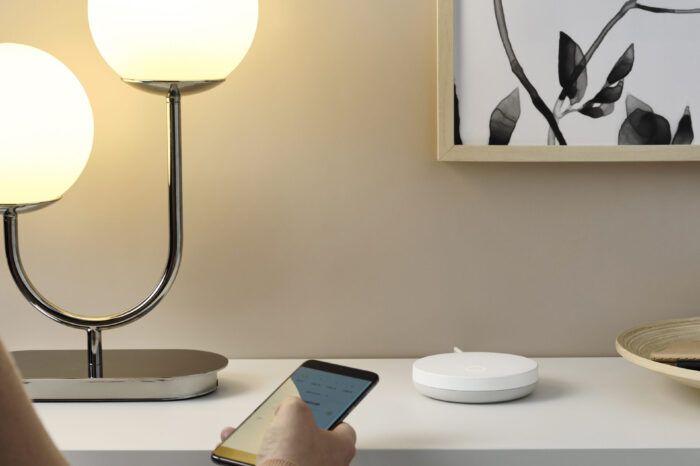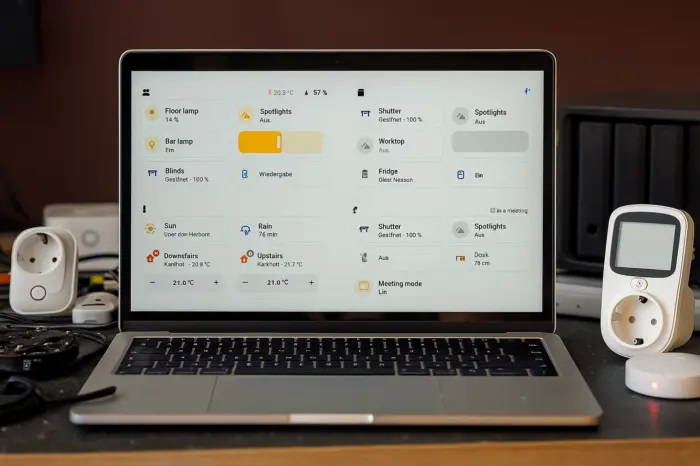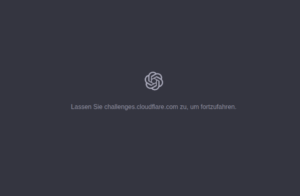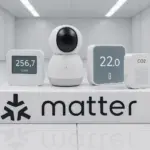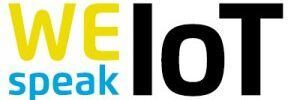Matter 1.5: What’s new?
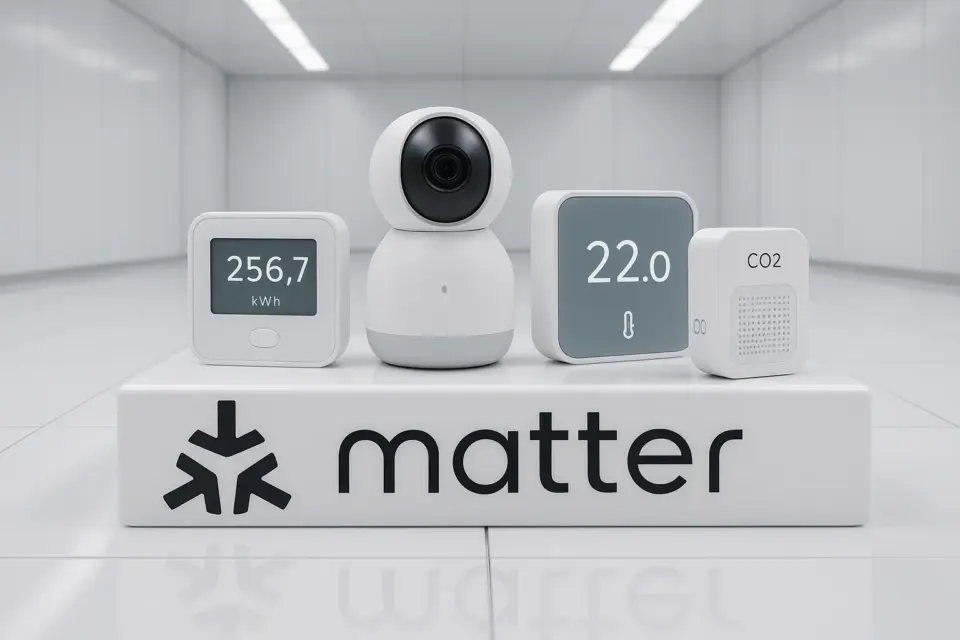
The smart home standard Matter is now available in version 1.5 and significantly expands its technical scope. The update introduces full support for cameras, new functions for shading and gate drives, as well as sensors for garden and energy management.
A key focus of Matter 1.5 is the introduction of a standardized device class for security cameras. Supported features include live video, audio streaming, two-way communication, pan/tilt/zoom control, and privacy zones. Technically, Matter relies on WebRTC for streaming and STUN/TURN for network traversal. This allows cameras from different manufacturers to be used across platforms – without proprietary interfaces or mandatory apps.
Matter 1.5 also expands the “closures” category, including roller shutters, awnings, garage doors, window shading, and similar actuators. Instead of only “open” and “close,” devices can now move to intermediate positions and support more complex motion types. This enables greater flexibility for automations and simplifies integration into home and building systems.
Additionally, soil moisture and soil temperature sensors are introduced. This allows irrigation systems to be fully integrated into Matter for the first time. Valves and sensors can collaborate so that watering schedules are executed not only by time but based on real soil conditions. This reduces water consumption and improves the reliability of garden setups.
Matter also improves energy and tariff data handling: a new device type enables standardized exchange of energy prices, load conditions, or CO₂ intensity. Devices can react automatically — for example, charging or heating when electricity is cheaper or more climate-friendly. Users with dynamic tariffs or their own PV systems gain additional automation potential.
For manufacturers, the update provides clearer specifications and more predictable development. Interoperability across platforms such as Apple Home, Google Home, or SmartThings becomes more consistent, reducing development effort and certification costs. For users, Matter 1.5 offers more options, fewer isolated ecosystems, and improved integration across the smart home.
However, it remains to be seen how quickly manufacturers will provide firmware updates or release new devices. Platforms must also implement the new functions consistently. Especially for cameras, requirements for data protection and secure implementation are becoming stricter.
Summary (tl;dr)
- Standardized support for cameras including streaming, PTZ, and privacy zones.
- Extended features for roller shutters, awnings, and gates.
- Integration of soil moisture and temperature sensors for smart irrigation.
- New device type for energy and tariff data.
- More interoperability, but limited device availability so far.



